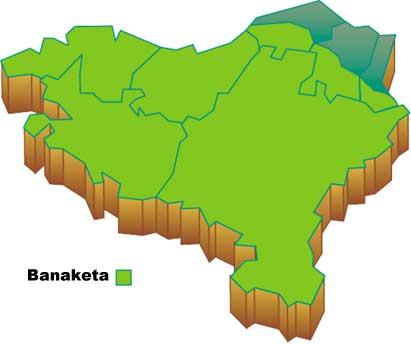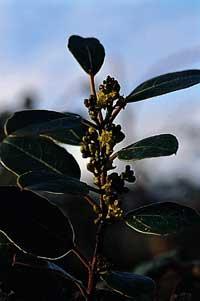Rodent, hard bush

Within this family there are 55 genera and about 900 species, mainly in the subtropical and tropical regions. These are trees, shrubs and sometimes climbing plants and in the case of the Basque Country there are 2 genera. The genus Rhamnus, on the other hand, has 6 species, the most common being the Karraskila under study.

It is a shrub or small tree up to 5 m tall, sometimes with sloping shape, but in general with very different shapes. The trunk is gray and the bark is smooth, young specimens usually have baskets dyed red and sour over time. The leaves, on the other hand, are quite coriaceous and coriaceous, alternatively, illegal and of different size and shape. The top of the leaf is darker green and stocked with small flowers for early winter and spring. The fruit, on the other hand, is a rounded drupa, first reddish and then black, which reaches the end of summer.
It extends practically throughout the territory, at altitudes between 0-1000 m. Although it contemplates painted or calcareous soils, it lives in any type of soil. It is part of bushes of various forests (holm oaks, marojales, etc. ).
The rodent has very hard, heavy and smelly wood. Widely used as fuel in ovens. Suitable for lathe work and furniture and used as ornament.
It is often used as a medicinal herb. They say that their stems and leaves are depurative, and that they heal with throat and oral diseases. It has been used as a dry because it contains tannins in its components. On the other hand, they say that their skin is purging. Within its genus, for example, it is mentioned that the “sacred shell” (Rhamnus purshiana), widely used, is a direct remedy against constipation.
Family: Ramnáceos Species: Distribution: normal Habitat: in holm oaks, marojales,... Medicinal herb: yes |





